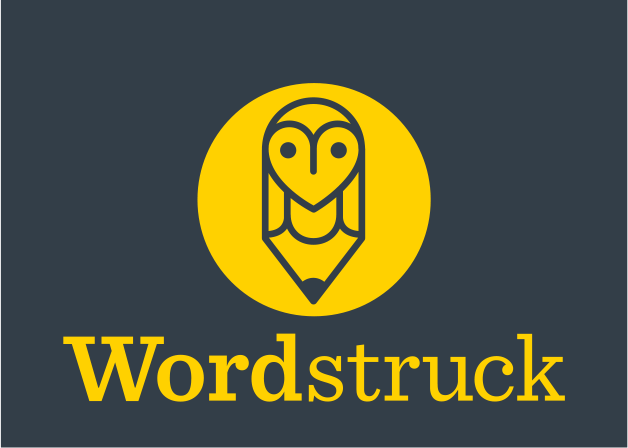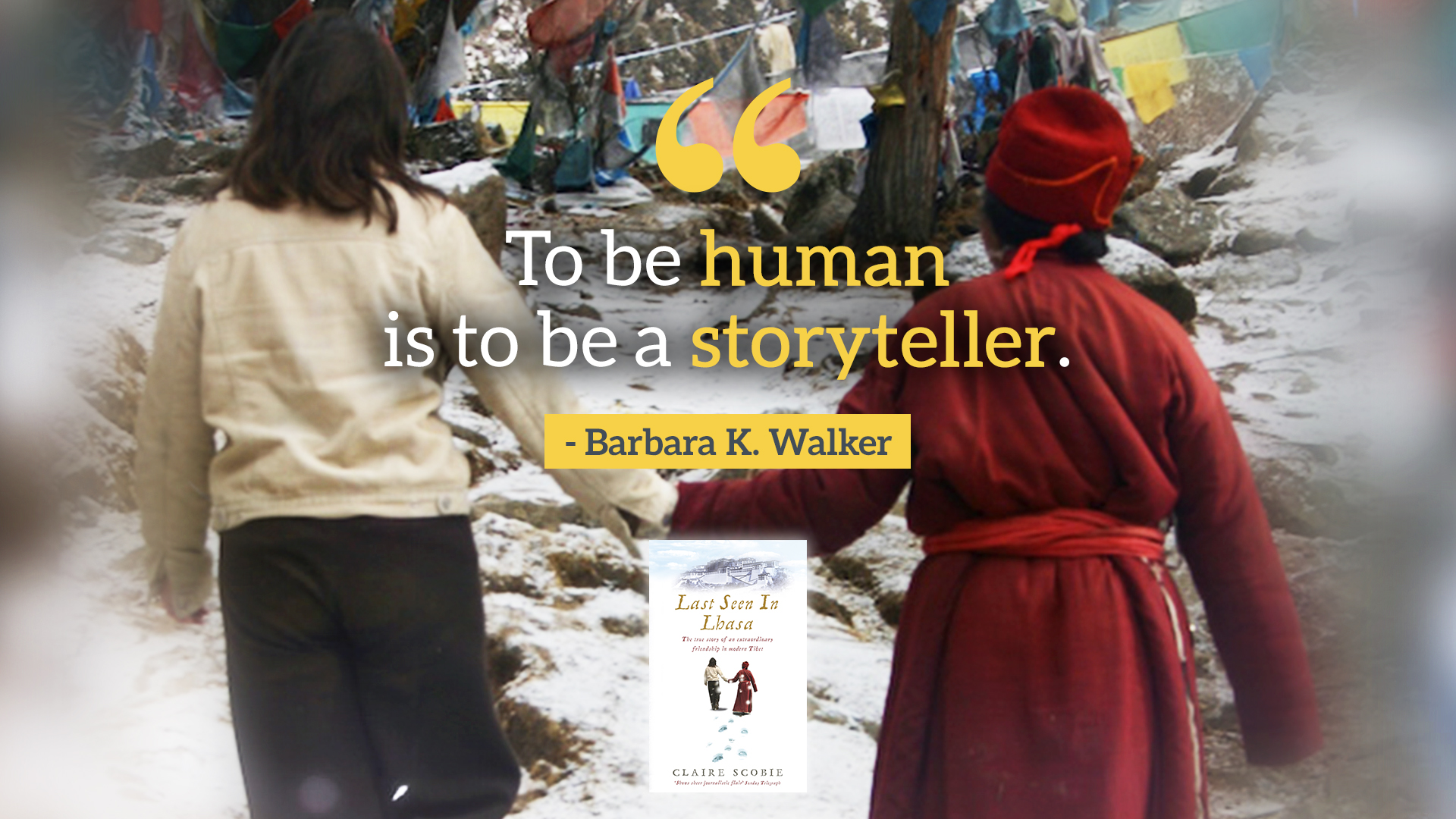I recently worked with a client who had a tough sell. He needed to persuade his leadership team and board to spend a lot more money on a project they’d already sunk a lot of money into. He faced scepticism and hard questions. He had minimal amount of time to get his point across.
His answer: use more data! Rely on the numbers. More graphs. More statistics.
You won’t be surprised that I suggested another approach. Sure, we need the financials and the metrics. But if you want people to change their view or get excited, we need to engage their emotions. We need to think of our audience first, and us, second.
How storytelling persuades
Business presentation is all about persuasion. A company presents itself to a customer to persuade them to buy their product. A project leader presents plans to the management to persuade them that the strategy will work.
But when you use slides laden with bullet-points these aren’t focused on the audience. Instead, they’re supporting the case of the presenter. And audiences know this.
They also know when they aren’t being shown the complete picture – but cherry-picked figures. Audiences are more likely to listen if you take a narrative approach, relying on logic and emotion, while building your case. Make your story come to life, bring in colour.
If you’re talking about a future project you often need to describe the present (where you are) and the future (where you want to be) and shift between the two – all the while showing what’s at stake if you do nothing.
5 reasons to combine storytelling with business presentations
- Storytelling can show the audience qualitative information that cannot be laid out through bullet-points and numbers.
- It can paint a full picture of both the positives and negatives of any business challenges. Not just the good ones.
- Narratives show a complete process of a business strategy. From its inception to the final implementation plans.
- Storytelling appeals to how we think. According to Princeton’s Uri Hasson, ‘By simply telling a story, a person could plant ideas, thoughts and emotions into the listeners’ brains.’
- Through storytelling, the teller and listener synchronise their mindsets in an extraordinary process called neural coupling.
Any business presentation’s ultimate goal is to convince the audience. This is why we need to harness the power of words not just numbers.
Photo by Evgeny Atamanenko










